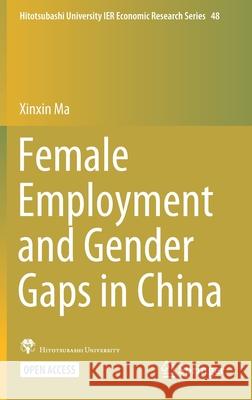Female Employment and Gender Gaps in China » książka
topmenu
Female Employment and Gender Gaps in China
ISBN-13: 9789813369030 / Angielski / Twarda / 2021 / 180 str.
Kategorie:
Kategorie BISAC:
Wydawca:
Springer
Seria wydawnicza:
Język:
Angielski
ISBN-13:
9789813369030
Rok wydania:
2021
Wydanie:
2021
Numer serii:
001093148
Ilość stron:
180
Waga:
0.46 kg
Wymiary:
23.39 x 15.6 x 1.27
Oprawa:
Twarda
Wolumenów:
01
Dodatkowe informacje:
Wydanie ilustrowane











